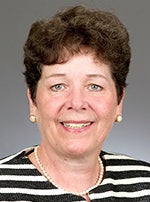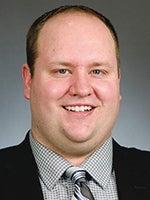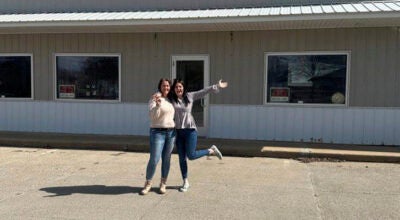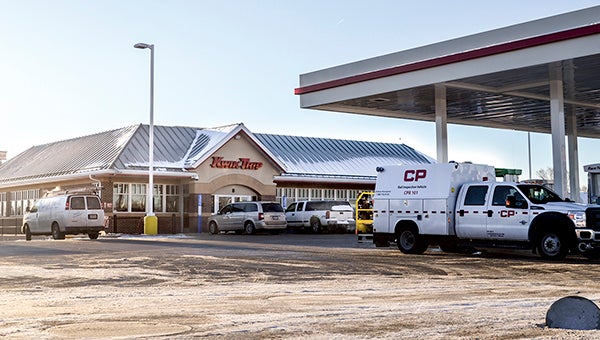Nursing home leaders thank legislators for passage of bill with increased funding
Published 9:49 am Friday, October 23, 2015
By Sam Wilmes
ALBERT LEA — Two legislators received a thank you from Good Samaritan Society Tuesday morning based on the passage of a bill that increased funding for senior living facilities.
Reps. Peggy Bennett, R-Albert Lea, and Joe Schomacker, R-Luverne, were given a tour of the facility. A short conference followed.
“Thank you for sticking up for us and being our advocate at the Capitol,” said Good Samaritan Society Administrator Katie Davis.
As part of the payment reform bill, Minnesota’s nursing homes will receive $138 million in new funding. The revenue isn’t dedicated, meaning local facilities can determine how to best use the income, whether to increase staff wages, buy new equipment or make property enhancements.
The law passed in the state Legislature’s 2015 legislative session and goes into effect Jan. 1. Under the new law, nursing facilities will be compensated on a cost-based formula based on their actual cost report.
“We really struggle to get people working here as nurses and nursing assistants,” said Good Samaritan Society Director of Nursing Kelly Honstad. “I thank you for being supportive of long-term care. We’re going to be able to give the long-term care patients deserve, and I thank you.”
Bennett said the visit allowed her to thank the facility’s staff.
“For our community to show the value of our long-term care facilities, we want them to know we value that,” she said.
The legislators also visited Thorne Crest Senior Living Community Tuesday morning.
According to a press release, in 2016 Thorne Crest will see $551,049 in additional funding, an approximately 21 percent increase. Good Samaritan Society will see an increase of about $1.7 million, an approximately 33 percent increase.
The Legislature also passed two scholarship programs aimed at improving long-term care and the health professional workforce.
In an informational sheet distributed by Schomacker, previous nursing facility funding rates were described as substandard, and private rates were described as being nearly $30 per patient below the average cost for that patient’s care. According to Schomacker, worker shortages at Minnesota’s nursing homes are keeping an estimated 1,500 senior citizens from being accepted by local care centers.
Schomacker is touring long-term care facilities throughout the fall to gain a better indication of how the new law will affect facilities.
He said more progress needs to be made for long-term care facilities.







